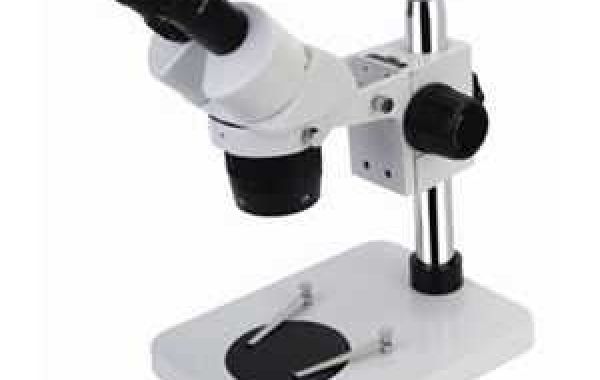Compound Microscope
- Purpose: Used to view extremely small specimens, such as bacteria, cells, and microscopic organisms.
- Image: Produces a two-dimensional, highly magnified image.
- Light Path:Light passes through the specimen and is magnified by multiple lenses.
- Applications: Ideal for examining thin, transparent specimens like tissue sections, blood smears, and microorganisms.
Stereo Microscope
- Purpose:Used to view larger specimens or to examine surface details of objects.
- Image: Produces a three-dimensional, lower-magnification image.
- Light Path: Light is reflected off the surface of the specimen and is magnified by two separate optical paths.
- Applications: Commonly used for dissecting specimens, examining insects, and working with small electronic components.
In summary, the key differences between compound and stereo microscopes lie in their magnification power, image type, and primary applications. Compound microscopes are designed for high-magnification viewing of tiny specimens, while stereo microscopes are better suited for low-magnification viewing of larger objects and surface details.








